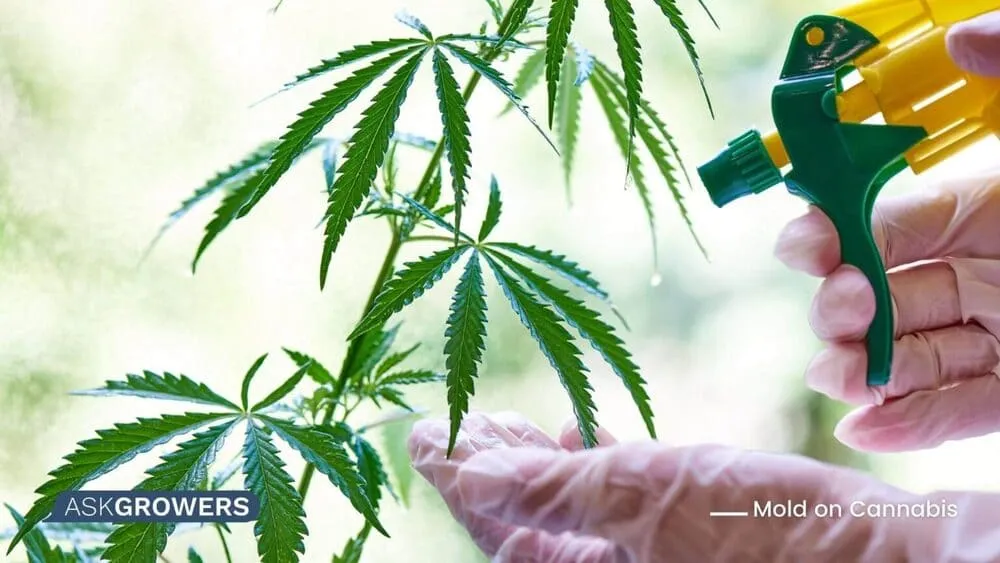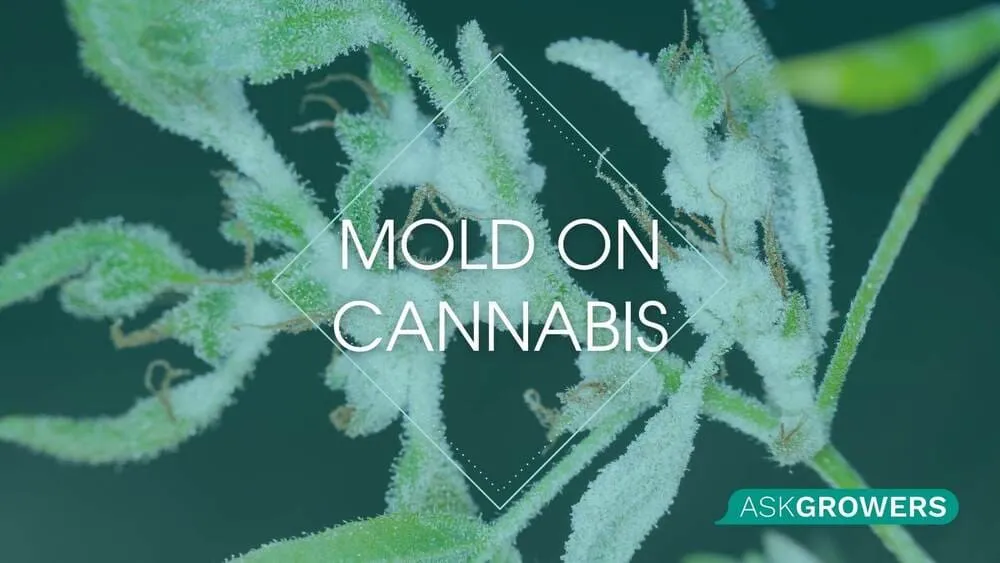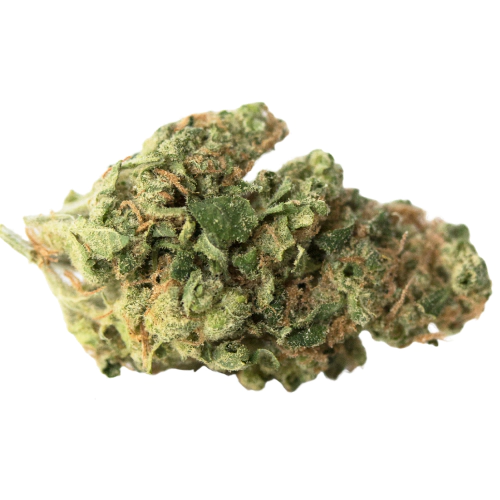Mold or fungus are a variety of mushrooms that can withstand most climates and are very adaptable. For marijuana growers, discovering mold on a weed plant is one of the most frightening things that can happen. And this can happen to both beginners and experienced ones.
Mold can appear on the soil’s surface as well as on leaves with budding flowers, it can be on dry cannabis and on a growing plant. As long as it’s on hemp, you can’t wipe it away too easily. Fighting it is a start, but to prevent it, you need to understand what causes it and how to treat it.
What Does Mold on Cannabis Look Like
Mold can be found in most growing environments, and it’s important that you know how to eliminate it. The most important thing to understand about mold is that there are several types of molds and each type of mold has a different effect on your plants. In order to successfully solve your mold problems, you must start by identifying the type of mold you’re contending with and then find a solution for it.
- White mold on cannabis looks like flour on the leaves and buds and is often spotted by first-time growers. At first, it may seem harmless. However, after a short time, the leaves on the plant begin to turn yellow and dry out.
- Red hemp mold. This species affects the soil, first manifesting white bloom on its surface, which soon becomes saturated red and yellow. The soil poisoned by this mold does not allow the plants to develop normally and can lead to the death of the entire bush.
- Gray mold. Can have a different shade, up to blue-green. Affects the buds of the plant. The main danger is that the damage to buds can happen rapidly, as it takes only one night for the damage to spread.

How to Get Rid of Mold on Weed
When dealing with mold on marijuana buds, you need to remove the affected parts as soon as possible. But, you should take extra care not to spread spores onto any healthy areas of the plant. However, there is more to learn about curing your cannabis of the disease.
- Remove leaves already affected by mold. Often, the spores grow in numbers, and after a while, it will affect the plant. The spores of the mold grow slowly in the beginning and then pick up speed. When it grows on the stem of the plant, regardless of its size, it will be difficult to remove it from there. The plant will start to rot wherever there are fungal spores. Tough, but necessary!
- To deal with a case of red mold, remove the topsoil. Once you have removed the affected soil, it is a good idea to spread the crushed activated carbon over its surface, preventing the spores from growing mold, then cover it with a ne earth layer.
- Treat the plants with a solution containing alcohol. This might help you, but only if you use it early in the infection process.
- Treat fungal infections by applying fungicide formulations to the plant leaves regularly. When you spray a plant, be sure to give it enough water afterward to wash off the solution.
Powdery Mildew Cannabis Treatment
Among many fungi on cannabis, powdery mildew on weed nugs is the most common disease growers need to deal with. You can buy fungicides that are easy to use and not expensive, or you can try home remedies. Here are some of the suggestions you can follow.
Saving Your Cannabis from Powdery Mildew Indoors
Every three days, you can treat indoor powdery mildew with an application of Trifecta Crop Control Super Concentrate. Mix two ounces of this with one gallon of water, and spray it on the powdery mildew. Use one ounce of this product in one gallon of water as a preventative measure. After you’ve killed the mold, you should thoroughly clean your grow room with a sterilizer to ensure that any mold spores that may have survived are destroyed.
How to Get Rid of Powdery Mildew on Cannabis Outdoors
Trifecta Crop Control is the number one choice for controlling powdery mildew and eliminating it quickly. The procedure is essentially the same as it is with indoor treatment. To deal with a severe infestation, remove all affected leaves and stems. If possible, discard unwanted materials by throwing them into the trash. Preferably, burn them. When you notice powdery mildew on weed nugs, avoid using compost on your infected plants.

Preventing Mold on Cannabis Flower
Preventing cannabis mold is much easier than removing the mold once it’s already formed. This will be achieved by developing conditions beneficial to the growth of plants:
- First and foremost, you should control the growth parameters of the plant that matter most: humidity, temperature, soil acidity, frequency, and abundance of irrigation;
- When you see the earliest signs of mold on the leaves of your bushes, be sure to remove them before the infection can spread;
- When weed seeds indoor, make sure you organize your room’s ventilation. This will give good air circulation and prevent the accumulation of moisture on the bushes. When growing outdoors, regularly shake off the drops of morning dew from the bushes;
- When buds are too large and especially vulnerable to mold, they should be trimmed approximately fourteen days before harvesting begins.
Top Recommended Mold Resistant Seeds
Conclusion
There are many types of fungus, including powdery mildew, black spot, and the dreaded root rot. Virtually all indoor gardeners have battled mold at one time or another. However, marijuana growers are keenly aware of the threat posed by mold to their plants, which operate on a very fine line with respect to temperature, moisture, and light.



